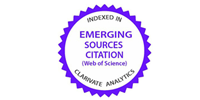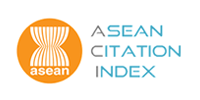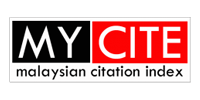Comparative Wetting Study of Sn-0.7Cu Solder on Dimple and Pillar Micro-Texture Fabricated by the Photolithography Technique
DOI:
https://doi.org/10.58915/ijneam.v17iDecember.1626Keywords:
Soldering, Sn-0.7Cu, Micro-texture, Dimple, Pillar, Wetting, PhotolithographyAbstract
The study focused on exploring the impact of micro-textured surfaces on the wetting behaviour of Sn-0.7Cu solder. Dimple and pillar micro-textures, each with a diameter of 100 μm, were fabricated on the copper substrate using a photolithography technique. The Sn-0.7Cu solder was melted onto the micro-textured copper substrate during the soldering process. The spreading time, spreading area, and spreading rate of the solder on the copper substrate were investigated. The copper substrates with dimple textures exhibited a prolonged spreading time of 51 seconds, a smaller spreading area of 60.54 mm², and a slower spreading rate of 1.44 mm²/s than the pillar-textured copper substrates. However, the presence of micro-textures resulted in a reduced spreading area, indicative of enhanced solderability. This improvement is attributed to the textured substrate promoting higher copper diffusion during the soldering process. The controlled application of micro-textures holds promise for optimising wetting behaviour and solderability in electronic assembly processes, presenting avenues for further exploration and application in the realm of materials science and electronic manufacturing.

















